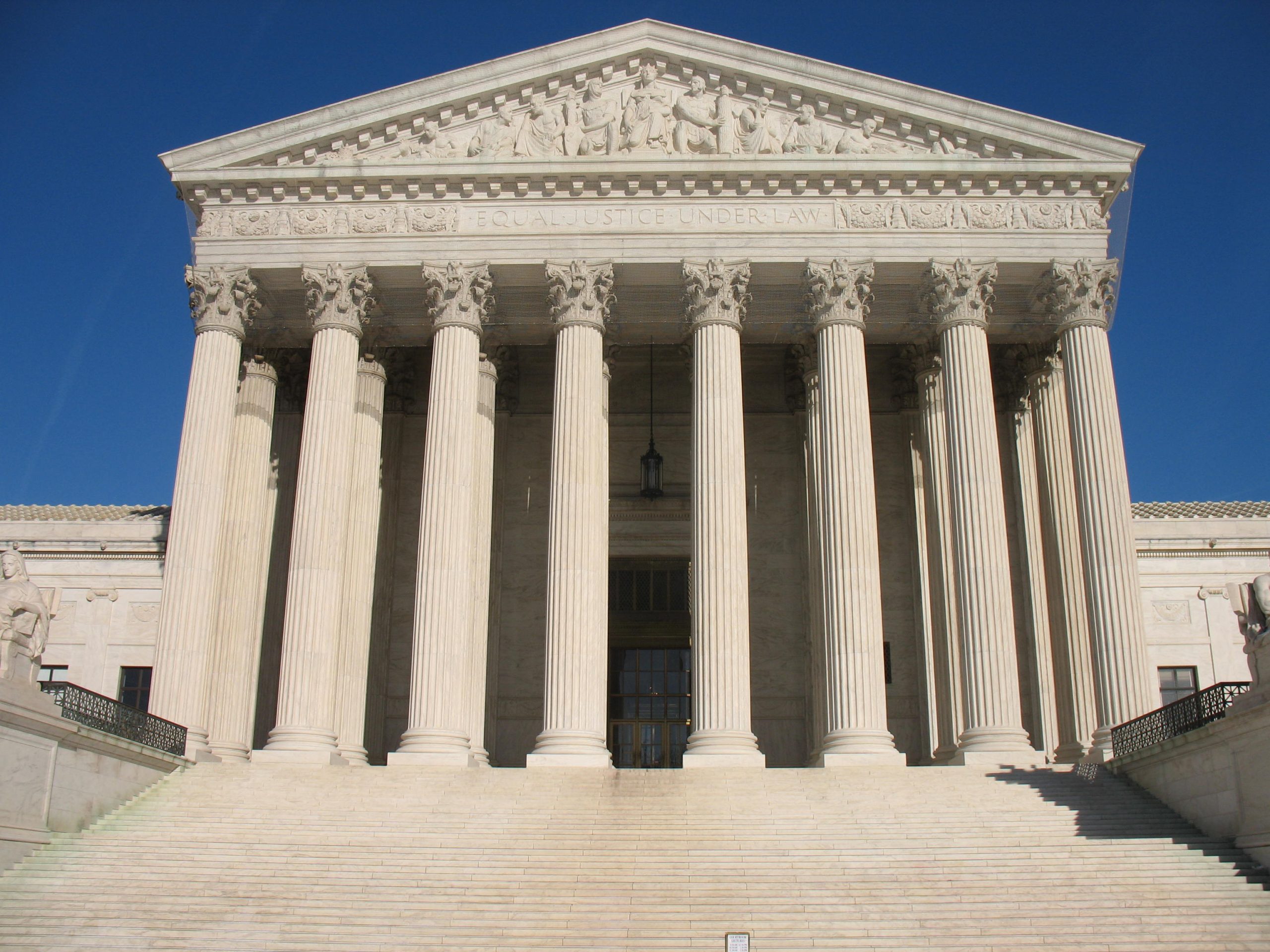Supreme Court’s Landmark Ruling Ends Chevron Deference: Implications for Personal Injury Law
 In a pivotal decision, the U.S. Supreme Court has overturned the Chevron deference doctrine, fundamentally altering the landscape of federal agency authority. This 6-3 ruling in the case of Loper Bright Enterprises v. Raimondo is set to have far-reaching consequences across various sectors, including personal injury law.
In a pivotal decision, the U.S. Supreme Court has overturned the Chevron deference doctrine, fundamentally altering the landscape of federal agency authority. This 6-3 ruling in the case of Loper Bright Enterprises v. Raimondo is set to have far-reaching consequences across various sectors, including personal injury law.
Understanding Chevron Deference
Chevron deference, established in the 1984 case Chevron U.S.A., Inc. v. Natural Resources Defense Council, Inc., mandated that courts defer to a federal agency’s interpretation of ambiguous statutes it administers, provided the interpretation is reasonable. This principle has played a critical role in how agencies like the Occupational Safety and Health Administration (OSHA) and the Environmental Protection Agency (EPA) enforce regulations.
The Supreme Court’s Ruling
The recent decision signifies a dramatic shift. Chief Justice John Roberts, writing for the majority, declared that “Agencies have no special competence in resolving statutory ambiguities. Courts do.” This ruling effectively strips agencies of their long-held ability to interpret laws in areas where statutory language is unclear.
Impact on Personal Injury Law
For personal injury attorneys, this ruling has significant implications. Federal agencies often issue regulations that directly affect personal injury claims, particularly in areas like workplace safety especially construction sites, product liability, and environmental hazards. With the Chevron deference doctrine no longer in play, courts will now have more authority to interpret these regulations.
Workplace Safety
OSHA’s regulations on workplace safety have been a cornerstone in personal injury cases involving workplace accidents more particularly construction accident cases. Previously, courts would defer to OSHA’s interpretation of its own regulations. Now, without Chevron deference, there may be greater variability in how courts interpret these regulations, potentially leading to more litigation and uncertainty in workplace safety standards.
Product Liability
In product liability cases, agencies such as the Consumer Product Safety Commission (CPSC) have issued numerous regulations ensuring product safety. The Supreme Court’s decision could lead to increased judicial scrutiny of these regulations, affecting how product liability cases are adjudicated.
Environmental Hazards
Agencies like the EPA have been pivotal in regulating environmental hazards that often form the basis of personal injury claims. With the courts now taking a more active role in interpreting environmental regulations, there could be significant changes in how cases related to toxic exposure and environmental contamination are handled.
Increased Litigation and Uncertainty
The end of Chevron deference is likely to open the floodgates to litigation, as businesses and individuals challenge agency interpretations of laws more frequently. For personal injury attorneys, this means staying abreast of judicial interpretations of regulations that may impact their cases.
A Shift Towards Better Regulations?
While the business community may welcome this ruling as a move towards less regulatory overreach, it’s important to note that the decision doesn’t eliminate regulations altogether. Agencies will still have to operate within the bounds of their statutory authority, potentially leading to more precise and narrowly tailored regulations.
The Supreme Court’s decision to end Chevron deference marks a significant shift in administrative law. For personal injury attorneys, this ruling presents both challenges and opportunities. It underscores the importance of being vigilant about changes in judicial interpretations of regulations that impact personal injury cases. As we navigate this new landscape, staying informed and adaptable will be key to effectively representing clients and upholding their rights.
 New York Personal Injury Attorneys Blog
New York Personal Injury Attorneys Blog


